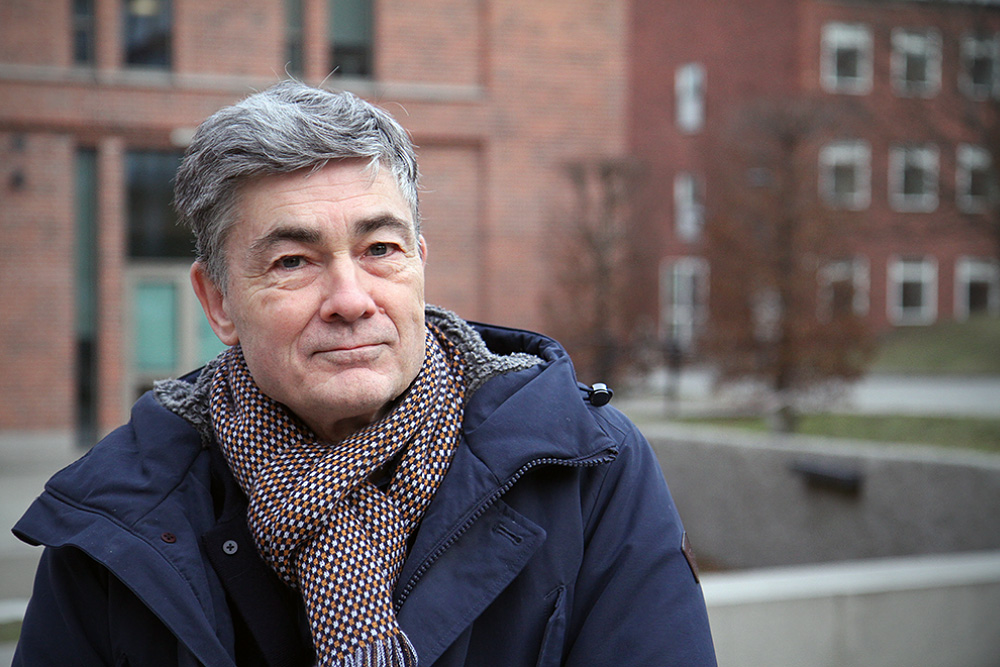How all of Europe can get green electricity

Sun, wind and water are enough to supply Europe with electricity. In a study, researchers at KTH Royal Institute of Technology have shown that it is possible to replace fossil fuels with a renewable electricity system - without expanding hydropower. But this requires good co-operation.
If it's very windy in Sweden and we can't take advantage of the wind power, the electricity is sent to Italy where the need is. And vice versa: when we have an electricity shortage, we can get renewable energy from another European country with a surplus.
The example is a future scenario from Anders Wörman's research on what it might look like when energy production transitions from fossil-based to fossil-free.
The idea of the study is to overcome the highly variable availability of solar, wind and hydropower due to weather conditions. The researchers' answer is to coordinate production and consumption over large geographical areas, and to use the different types of energy in appropriate proportions.
“Energy is the key to addressing climate change and global warming. It is therefore important to be able to show what is technically possible through renewable energy sources,” says Wörman, professor of river engineering.
“Remarkable results”
He points out that the insights into the benefits of continent-wide coordination is not new, but the KTH study is the first to show that it is entirely possible.
“The remarkable thing about our results is that it is sufficient to base the renewable system solely on existing hydropower as a storage resource and without wasting production, which is otherwise common in renewable electricity production,” says Wörman.
The study is based on an area covering Europe, including parts of Russia and the Middle East. Since the climate in the northern and southern parts is very different, with alternating hot-humid and cold-dry weather, there is often good access to renewable energy sources in some part of the area.
“Sometimes it is more favourable to use solar power from southern Europe, sometimes from the north. This is the potential that a coordination system exploits,” he says.
1200 kilometers of power lines
In times of energy drought, researchers expect existing hydropower reservoirs to suffice as the only energy storage system.
Currently, about 60 per cent of electricity in Europe is generated from fossil fuels and nuclear power, so the share of renewable energy needs to increase significantly to meet demand. Solar and wind farms will have to produce eight to ten times more energy than today, according to the researchers' calculations. In addition, a new power line system with high-capacity transmission lines of at least 1200 kilometersis required.
“These are major changes,” says Wörman. “The power lines involve a completely new way of thinking. There are not enough lines today to support coordination of electricity production across Europe, but they are necessary to be able to make an energy exchange between northern and southern Europe with sufficient synergies.”
And how will all this work in practice?
“This is a good question given the way the external situation has developed. Of course, it requires functioning international relations and a functioning market. Ultimately, it is a political question, and that is always the case with our energy systems.”
Text: Christer Gummeson ( gummeson@kth.se )


